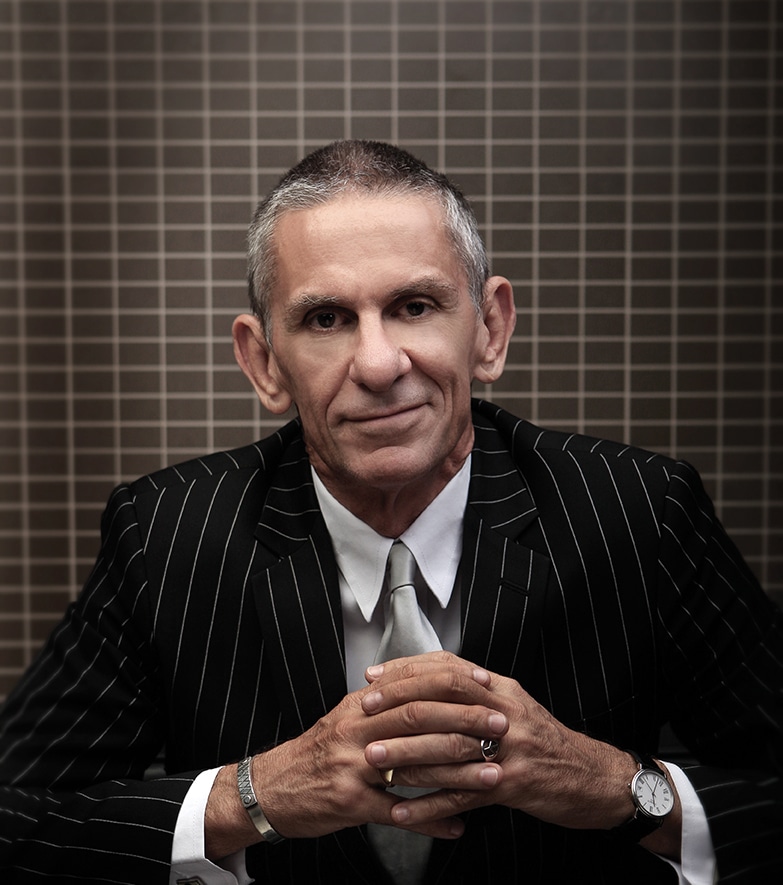CRIME
My Own Two EYES…

WORDS: Chris Nyst PHOTOGRAPHY Amir Seilsepour on Unsplash - Picture of Chris Nyst - Brian Usher
“I was there. I saw him with my own two eyes. He’s the one who did it!” Could any evidence be more compelling than a positive identification of the culprit by an eye-witness to the crime?
Well sometimes, yes.
Mistakes happen, and lawyers have learned from bitter experience they are very apt to happen in eye-witness ID cases. For that reason, strict rules have evolved to guard against potential error.
In all states of Australia, before any witness may identify a stranger in court, they will first be required to select the suspect’s image from a photo board, showing the faces of twelve generally similar-looking people, randomly selected and displayed.
When I was about fourteen years old, my brother and I – who had both been recently lumbered with a two-year term in boarding school, managed to engineer ourselves an opportune and undeserved Boys Own Adventure. Our parents were away in Europe at the time, but that fact had somehow failed to filter through our warders. So, when the holiday leave-pass weekend came around, we walked straight out through the school’s front gates, like all the other boys, off for a weekend of pure freedom. We had no money to speak of, but with two sleeping bags and what food we could scrounge from the pantry, we were ready to take on the world.
So, where else would we go? Surfers Paradise, of course. And when we got there, it was everything we’d hoped for. The sun was shining, the surf was rolling in. Paradise indeed.
But then, things got a little scary. When we came in from the surf, we discovered our belongings on the beach had been rifled through, and what little money we had brought with us was now all gone. A young couple nearby recalled seeing two men standing near our things at some stage and pointed out a pair of hairy, pumped-up-prospects further down the beach.
So, being young and very silly, my brother and I decided to confront them. Predictably, both men – who were probably in their early twenties – not only denied any culpability but assured us if we didn’t disappear immediately they would promptly punch our lights out.
So we took off, with no money and no place to go, and roamed the streets of Surfers Paradise all afternoon and evening, with no purpose or intent but simply to avoid the scary monsters who had threatened us.
Then something really weird occurred. Everywhere we went we saw them, one moment strolling casually down Cavill Avenue, the next sitting in the Take Five Coffee Shop, loitering outside the Chevron Bowl, or passing by the Tons-of-Fun. They were everywhere. Each time they looked a little different, but the same, and we never had a moment’s doubt of their identity. Every time we saw two scary men, we confidently ID’ed them as the culprits, then turned and scarpered off into the safety of some side street or back alley.
We slept the night, cold and uncomfortable, in a clump of old banana trees on a vacant block on Beach Road, then hitched our way back home, with our tails between our legs.
Looking back, I’m pretty sure we never saw the true culprits again after we walked off the beach, but we certainly saw lots of others who looked a little like them. The mind can play strange tricks.
On 8 May 1981, Alice Sebold was just an innocent, 18-year-old student in her first year at Syracuse University, when she was violently attacked and raped by a “small and muscular black man, 16 to 18 years of age.” She was left bruised and bleeding, and for years afterwards struggled both physically and emotionally.
Five months after the attack, she was suddenly confronted just off campus by a young black man. Convinced he was the rapist, she immediately fled the scene, deeply shocked. When she told others what had happened, they insisted she go to the police.
Nine days later, 20-year-old Anthony Broadwater was arrested for the crime.
One of six brothers separated after their mother’s death when he was just five years old, Broadwater had served with the US Marine Corps before being recently discharged to take care of his father, who was now dying of cancer.
When police asked what he was doing five months earlier, on the night of the rape, he said he couldn’t remember, but “I know I wasn’t doing that.”
He was locked up and, two weeks later, took part in a line-up with four other black men, all wearing gaol uniforms. But when Alice Sebold was called upon to identify her attacker from the line-up, she picked a different guy altogether.
The DA, Gail Uebelhoer, a thirty-one-year-old pregnant woman who admired her victim’s strength and courage, pushed on with the case regardless.
Anthony Broadwater was ultimately convicted and served 16 years in prison. He was refused parole five times because he consistently refused to admit to the offence.
Meanwhile, Alice Sebold’s memoir of her rape, Lucky, became a best-seller, and her follow-up novel, The Lovely Bones – which also dealt with the plight of a young rape victim – sold more than ten million copies, making it the most commercially successful début novel since “Gone with the Wind.”
Then, in 2021, Anthony Broadwater, who since his 1999 release had spent a further 22 years on the sex offender register, was fully and finally exonerated of the crime.
Since then, the self-righteous and the sanctimonious have reportedly poured scorn on Alice Sebold, blaming her for what was undoubtedly a gross miscarriage of justice. But, curiously, one voice in her defence has been that of the man who shared the nightmare with her. “Hey, it was the court,” Anthony Broadwater recently told The New Yorker magazine. ”It was the system. It’s not the victim’s fault.”
Any lawyer worth their salt would thoroughly agree.

Lawyer Chris Nyst









